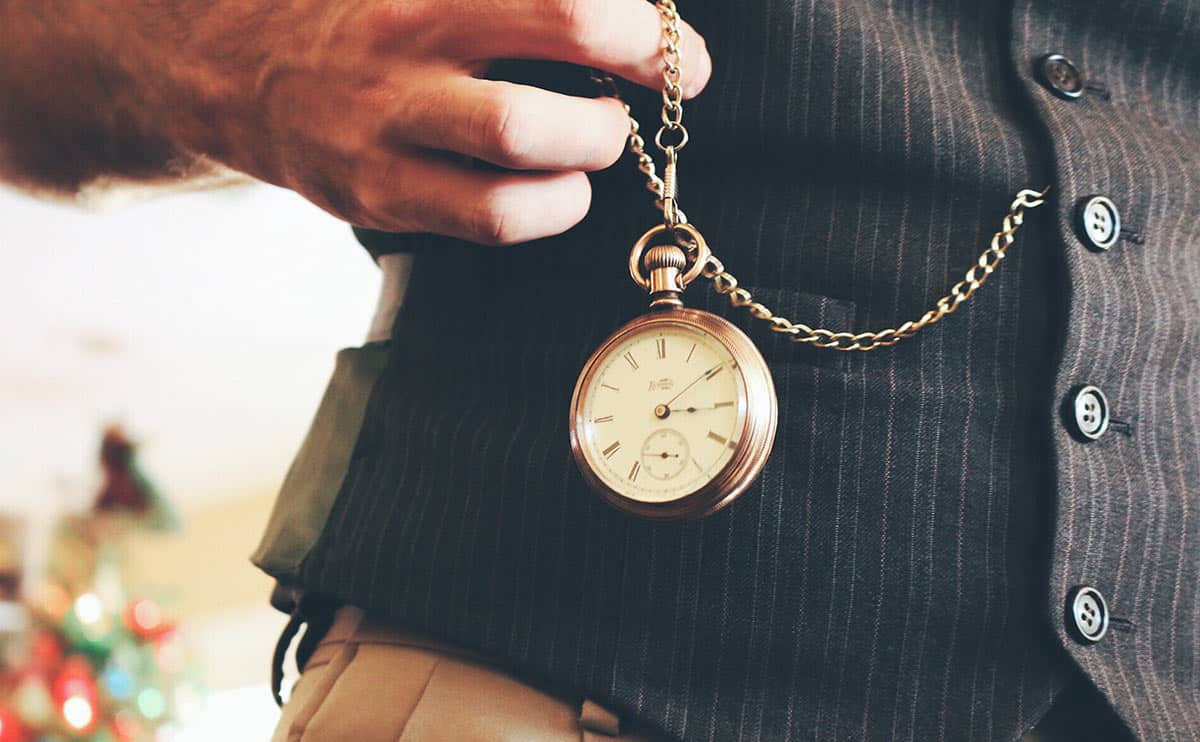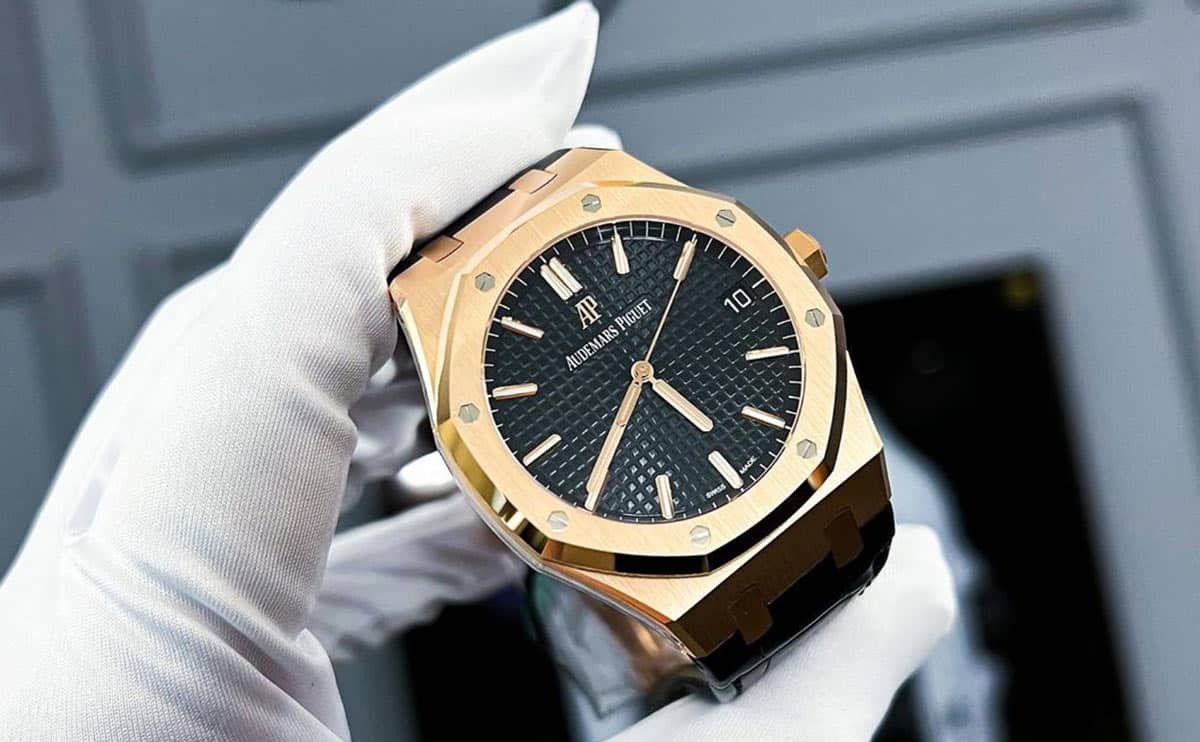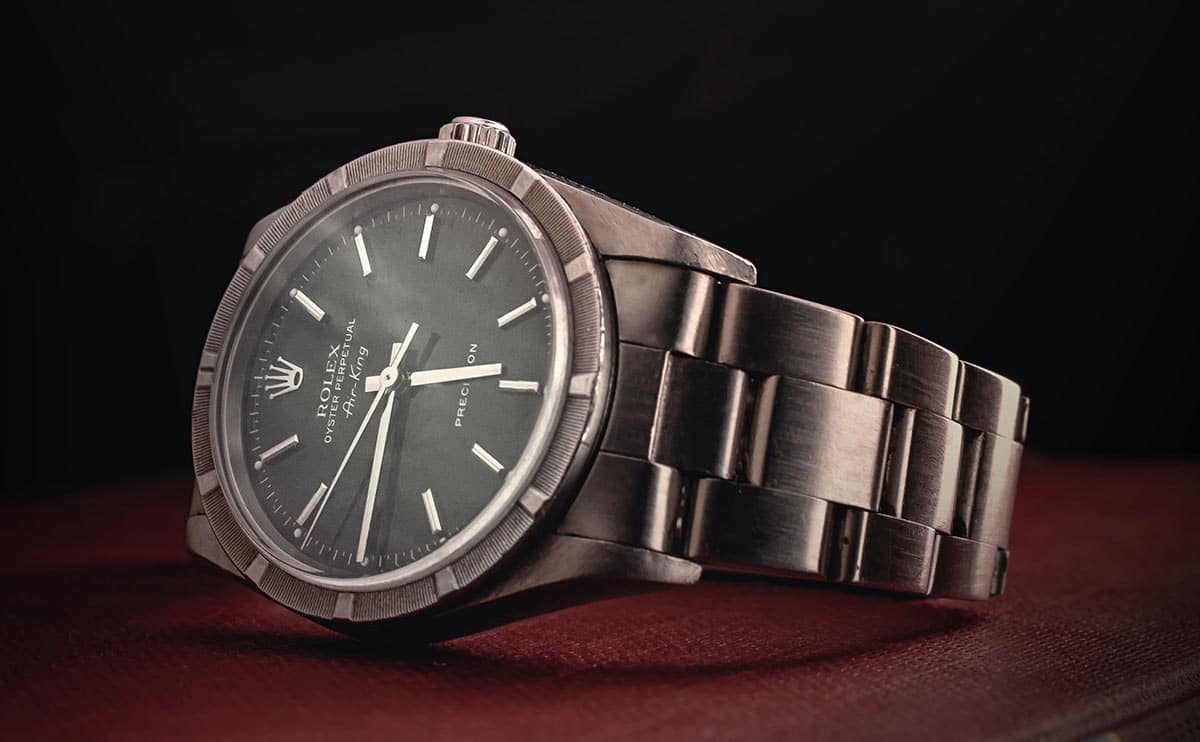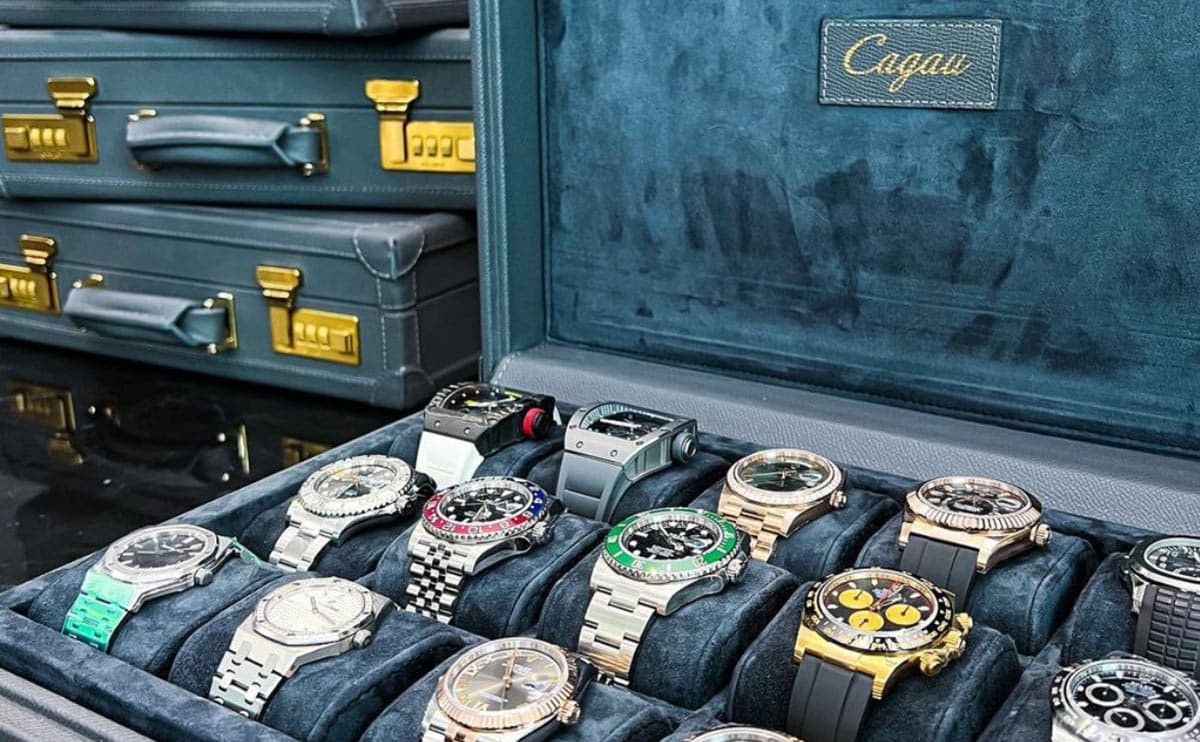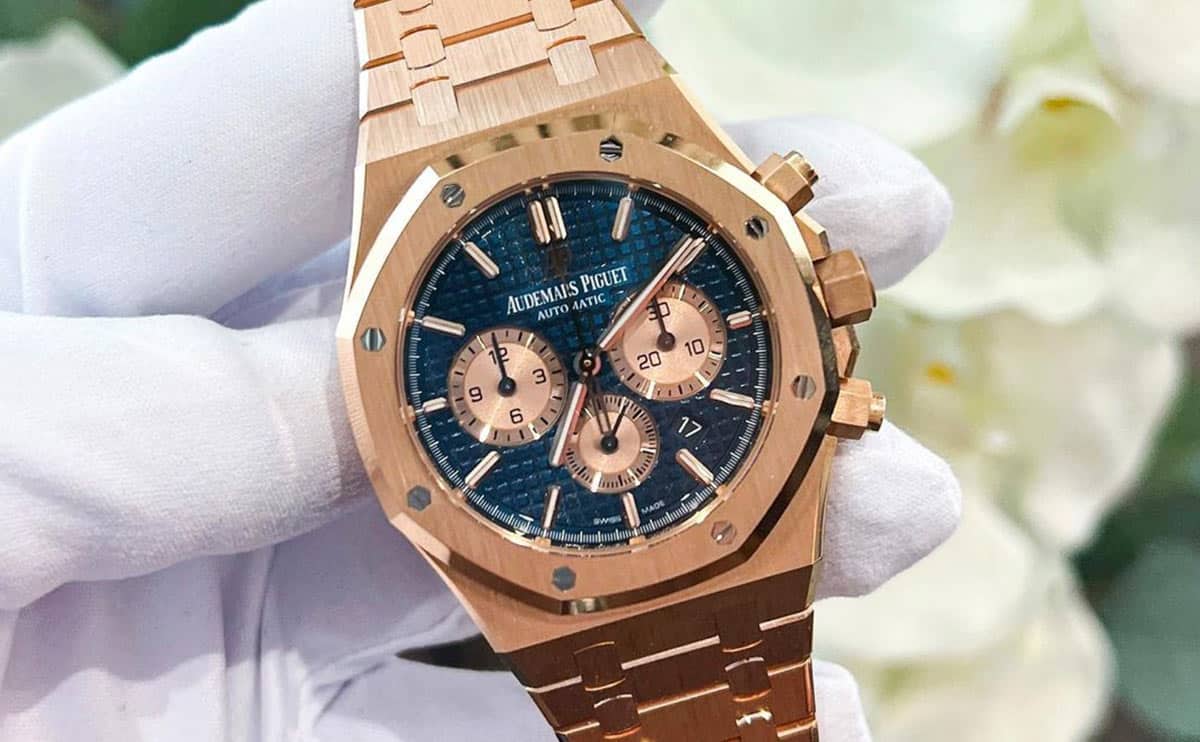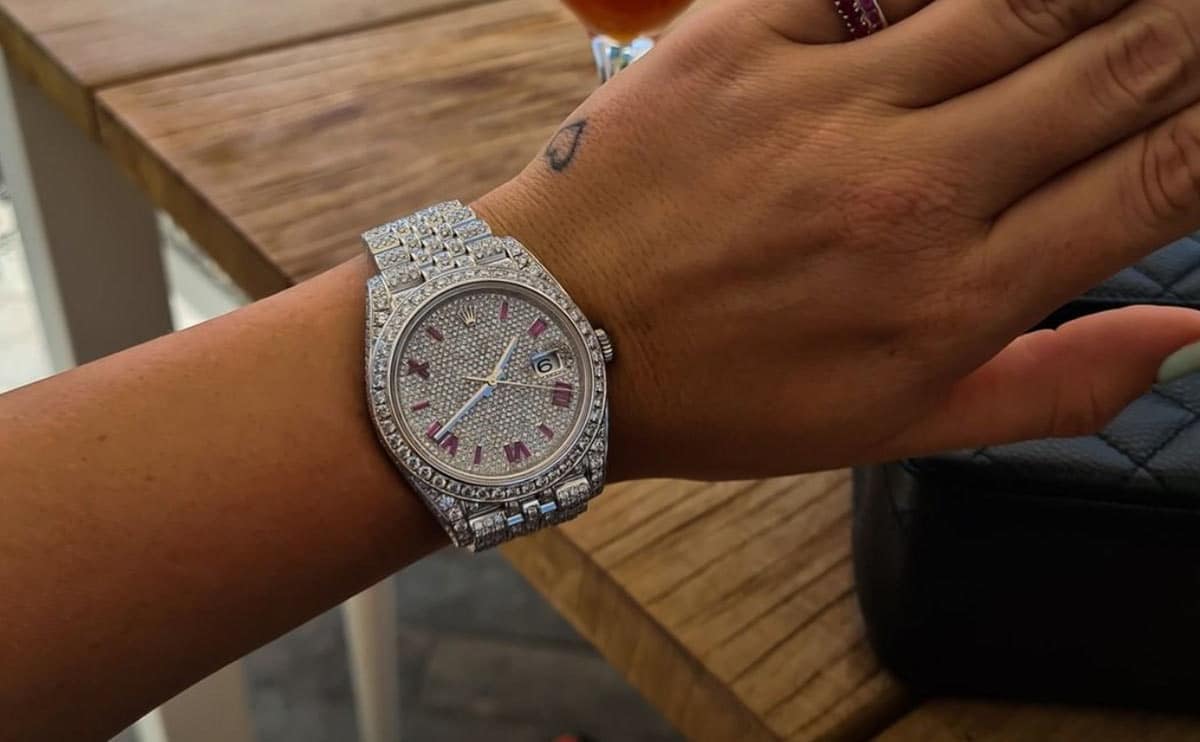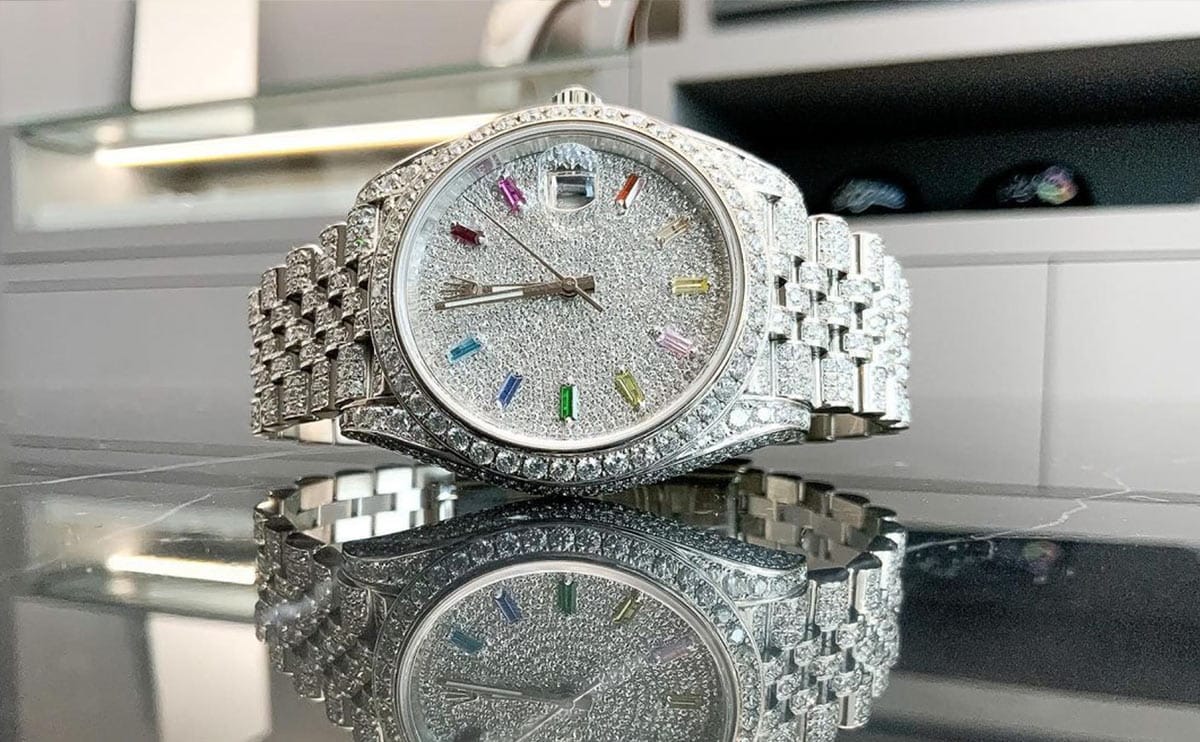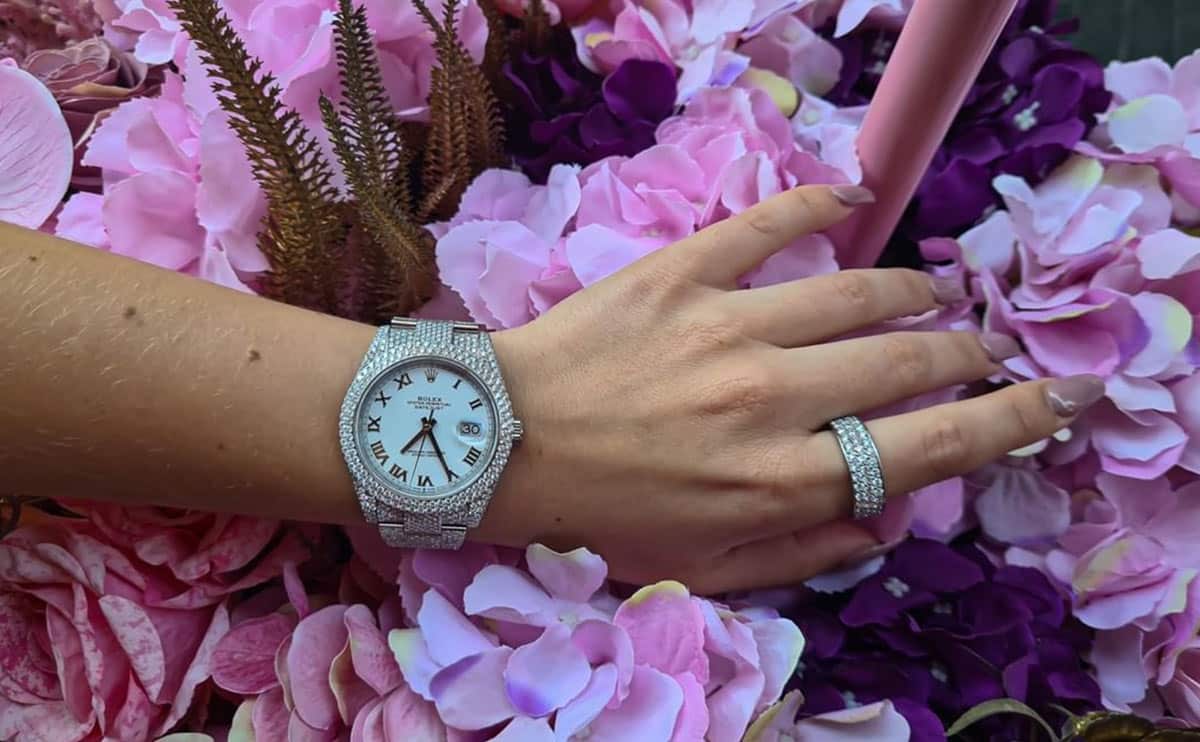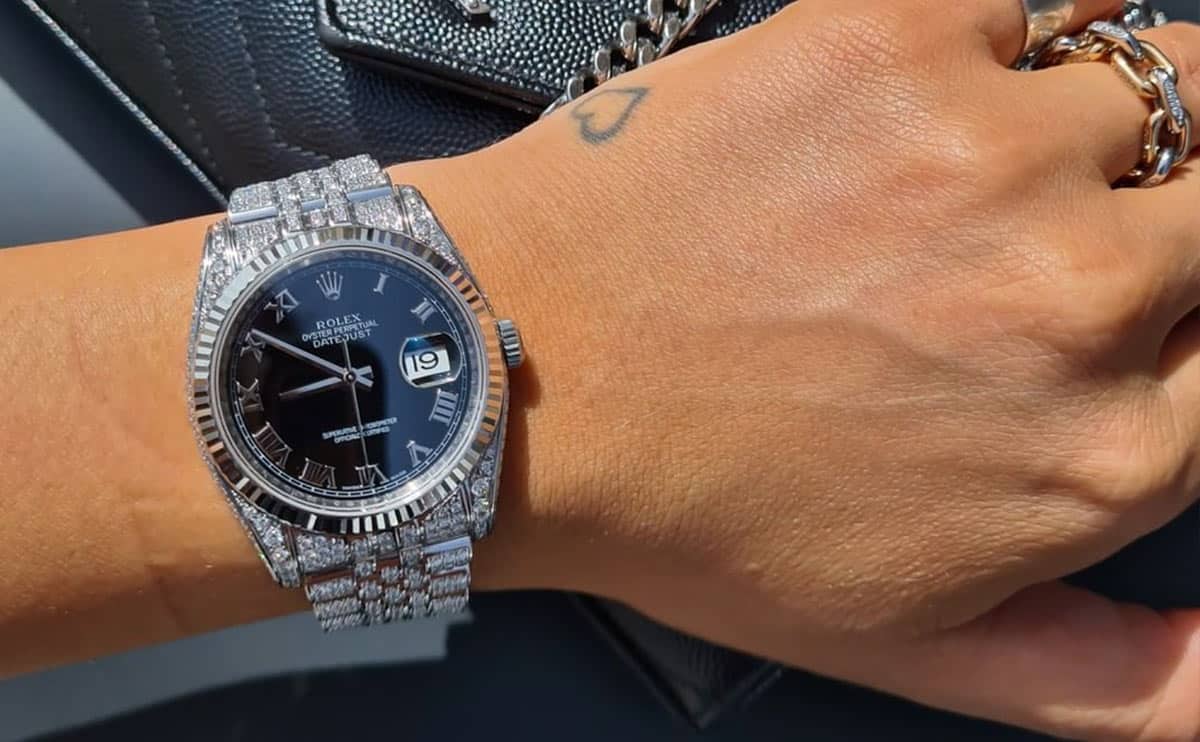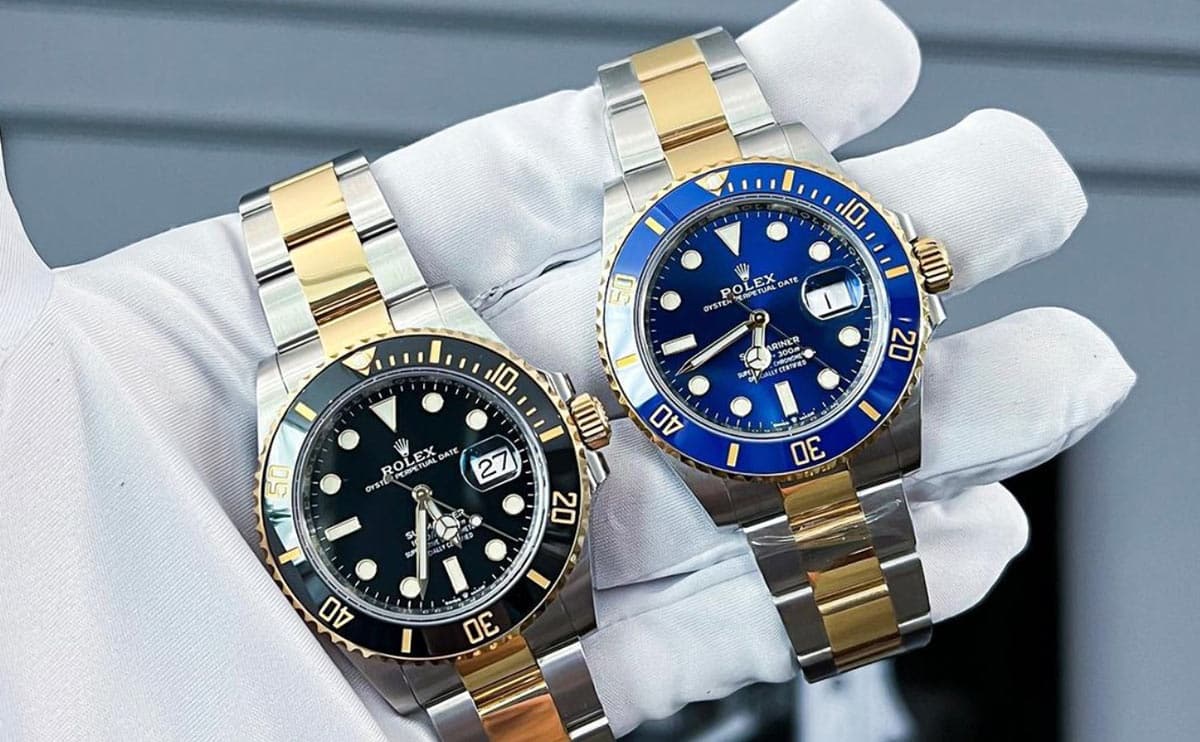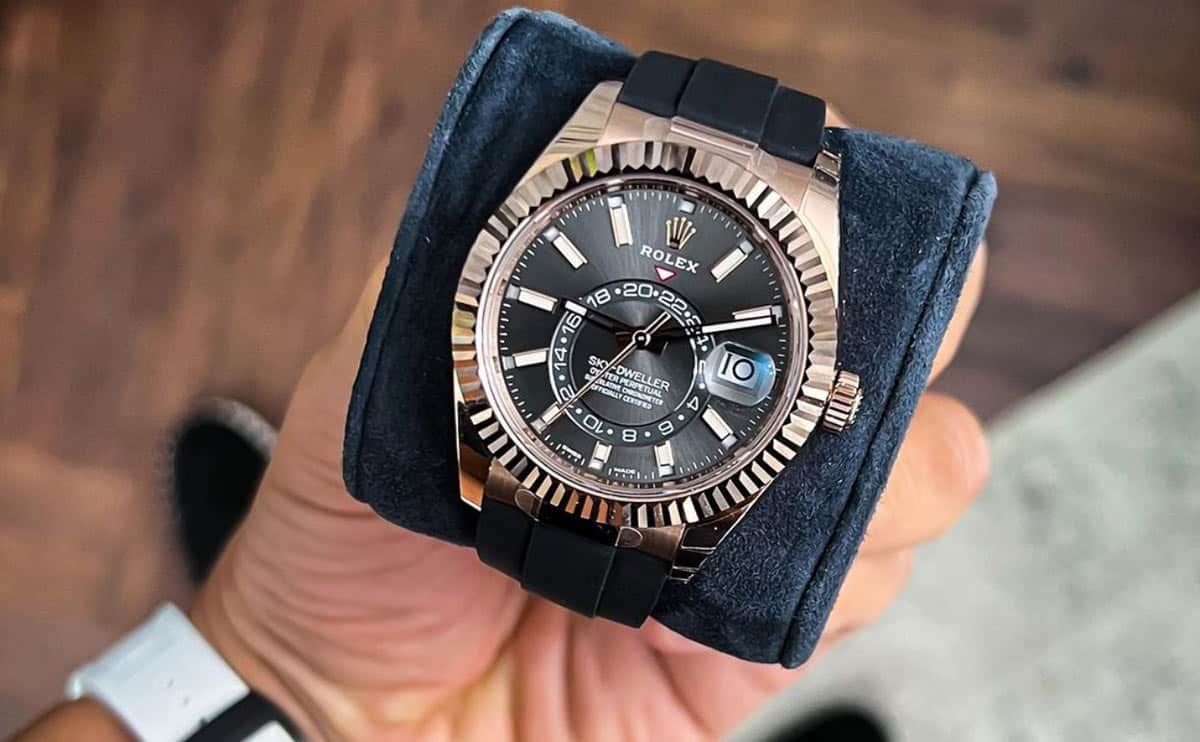Designer or custom-made luxury watches are the results of much research and knowledge gathered across centuries. Each timepiece component came to be because of the dedication and innovation of people who lived decades, maybe even centuries ago. As a result, there is a beautiful and rich history behind the elegant and ornate luxury watch. Behind every Rolex, there is a tale to discover. We will take a look at them in this blog.
It began with a pocket watch
Luxury watches have always been desired by the masses, even before they took on their present well-known appearance. Pocket Watches were the earliest ancestor to the modern-day wristwatch. They held a higher degree of accuracy when compared to other timekeeping devices that appeared before them, such as the clock watch. Most gentlemen of the period carried their own; however, what set the luxury ones apart was that they were made of gold and other precious metals. They were also intricately designed and often studded with jewels. These stunning timepieces were worn by the royalty and nobles, as they were the ones who could afford them.
Industrialization increased the popularity of wristwatches
When industrialization became a driving force for development in the 1800s, wristwatches gained popularity because keeping an accurate track of time was regarded as the key to economic success. In addition, mass production made it possible for everyone to own timekeeping devices because they were now much cheaper to produce.
However, watchmakers in Switzerland refused to partake in the rat race
As mass-production swept across the world and was responsible for the supply of most watches, many watchmakers in Switzerland decided not to join in. Instead, they chose to stick to what they knew best, handcrafted and exquisitely designed timepieces that exuded sophistication and elegance.
As the wealthy upper-class around Europe and the globe flocked to purchase the superior and opulent swiss-made watches, this strategy paid off. By the 1900s, Swiss watchmakers such as Rolex were exporting over seven million pieces annually.
The 1920s brought the automatic mechanical watch
Before this period, most watches needed to be manually wound; however, that changed with the Rolex oyster in 1926. While some automatic models were already being produced, these were for the masses and not of significant quality.
Rolex changed that by introducing a dust-resistant timepiece with a screw-down crown, case back, and bezel.
The 1970s led to a resurgence of popularity for Swiss watchmakers
Before the 1970s, much of the watch market had been lost to quartz watches manufactured in japan. Due to their convenience and smooth movement, most people, even the wealthy, preferred it. Swiss watchmakers were in a devastating situation as many were going bankrupt due to the losses incurred.
Then came the Audemars Piguet Royal Oak. Unlike other luxury watches, it was made entirely of stainless steel, a relatively inexpensive material. However, its design was considered widely to be revolutionary. The strap was a metal bracelet and had an intricate and complex design; the bezel was also octagonal and resembled a diver’s helmet. Furthermore, the watch was priced at 3300 Swiss Francs—a price unheard of for a timepiece of its kind at the time.
While it earned criticism initially, as collectors became interested in its unique design, sales skyrocketed. The message was loud and clear. It didn’t matter what the materials used were. In the end, what defines a luxury watch is the design.
In present times
Design is still at the forefront of luxury watches, with watchmakers introducing new sophisticated pieces every year. Furthermore, their clientele is not swayed by technology. Instead, they wish to invest in original and opulent pieces that signify esteem and elegance. Personalizing timepieces have also become popular as many seek to give their unique signature to a piece with custom watch bezels and straps, to name a few.
In the end, luxury watches have come a long way, and that is not going to change any time soon. Whether one keeps their timepiece the way it was designed by the watchmaker or adds their unique touch through a custom watch specialist, the beauty and splendour of the piece will forever stay true.


